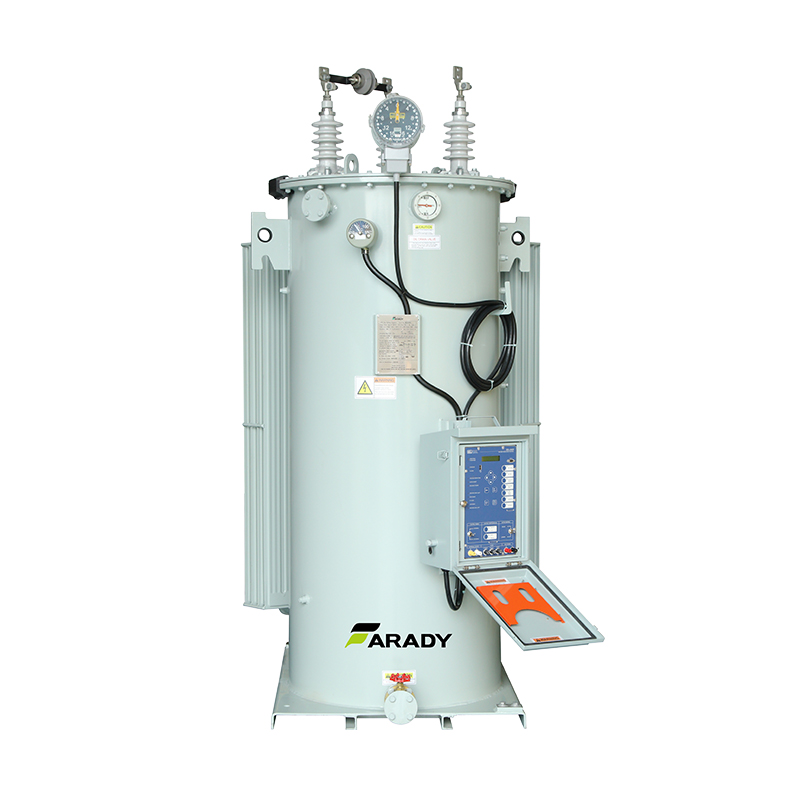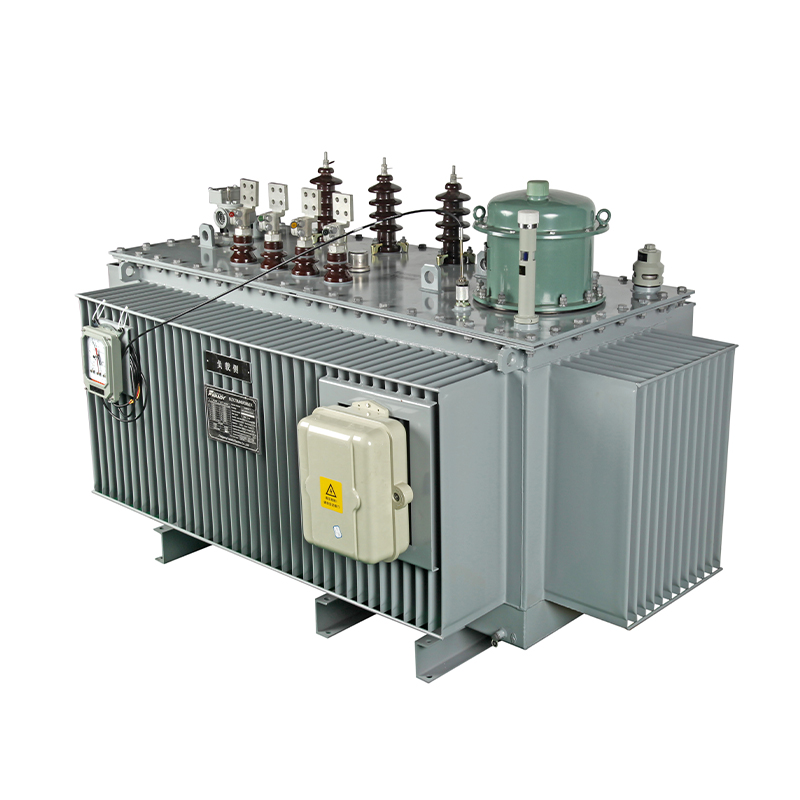Comparison between Stepped Voltage Regulator and Traditional Voltage Regulator

The comparison between stepper voltage regulators and traditional voltage regulators can be made from the following aspects:
1. * * Working principle * *:
-Stepped voltage regulator: adjusts the output voltage in discrete steps through a stepper motor or similar mechanism. Each step usually corresponds to a fixed voltage increment, thus achieving precise voltage control.
-Traditional voltage regulator: It may adopt a continuous adjustment method, such as continuously changing the resistance value through a knob or sliding contact, in order to continuously adjust the output voltage.
2. * * Accuracy and Stability * *:
-Stepped voltage regulator: Due to the use of discrete steps, it can achieve precise switching between preset voltage values, with high adjustment accuracy and stability.
-Traditional voltage regulators: Continuous regulation may be affected by manual operation errors, contact wear, and other factors, and the accuracy and stability of long-term use may be slightly inferior to that of stepper regulators.
3. * * Application Scenarios * *:
-Step by step voltage regulator: More suitable for occasions that require precise control of voltage steps, such as scientific research experiments, precision instrument testing, automated production lines, etc.
-Traditional voltage regulator: widely used for general voltage regulation needs, such as power testing, circuit debugging, teaching experiments, etc.
4. * * Operational Convenience * *:
-Stepped voltage regulator: It may require programming or specific control interfaces for operation, which may have a certain learning cost for non professionals.
-Traditional voltage regulators typically have intuitive manual operation interfaces such as knobs or sliding switches, making them easier and more direct to use.
5. * * Cost and Maintenance * *:
-Stepped voltage regulator: Due to the use of more complex control mechanisms, manufacturing costs may be higher. Meanwhile, professional technical support may be required for maintenance.
-Traditional voltage regulators have a relatively simple structure and lower manufacturing costs. In terms of maintenance, it is also easier to carry out routine inspections and replace components.
In summary, both stepper voltage regulators and traditional voltage regulators have their own advantages and applicable scenarios. When choosing, comprehensive consideration should be given to specific needs, budget, and the skill level of operators.
Relate Products
Relatenews
- Step Voltage Regulators: Key Specifications to Know 2025-09-05 15:31:00
- The Future of Step Voltage Regulators in Smart Grids 2025-08-25 08:16:00
- Efficiency Metrics for Step Voltage Regulators 2025-07-19 08:45:00
- Step Voltage Regulators: Addressing Voltage Flicker in Welding Operations 2025-07-08 17:49:00
- Application and Challenges of step voltage regulator in Ocean Engineering 2024-12-26 15:41:41
- Seismic performance evaluation and reinforcement suggestions for step voltage regulator 2024-12-26 15:41:39
- Compact Design and Space Optimization Scheme of step voltage regulator 2024-12-26 15:41:38
- Discussion on the Integration of Intelligent Manufacturing and Industrial Internet of Step by step voltage regulator 2024-12-26 15:41:37





